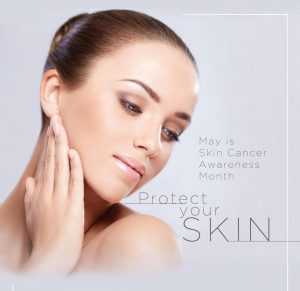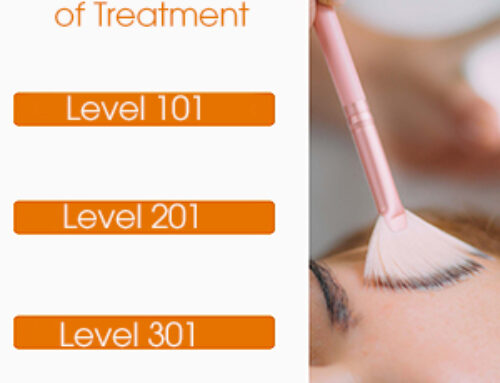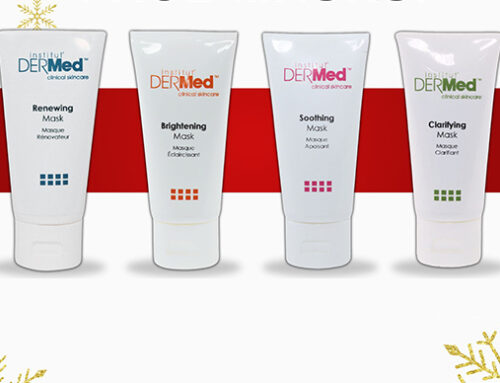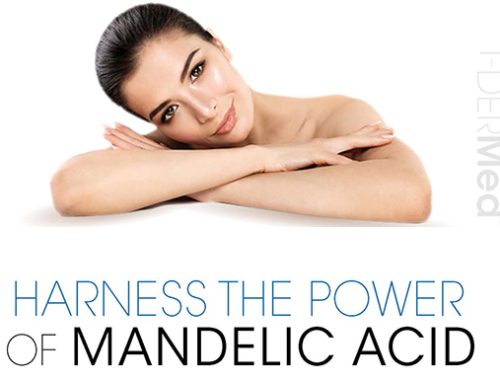 SKIN COLOR AND THE ROLE OF MELANIN
SKIN COLOR AND THE ROLE OF MELANIN
Human skin has red, yellow, brown and blue tones. What we actually perceive in skin color is the reflected light off the skin. The best way to see true skin color is in natural light.
Melanin is also known as pigment. Melanin production is essentially a protective mechanism to prevent ultra violet damage to the cell nucleus.The basic unit of melanin is tyrosine, an amino acid which goes through a variety of conversions before melanin starts to form. Melanin is then transferred to the keratin cells by melanosomes. These cells rise to the stratum corneum, and eventually are sloughed from the skin.
Individuals of different races have approximately the same number of melanocyte but in darker skin there is increased melanocyte activity resulting in more production of melanin.
FACTORS THAT AFFECT PIGMENTATION
Genetics – the basic melanin inherited according to genetic programming without any direct effect by solar irradiation.
Hormones – pregnancy and birth control will produce a change in skin pigmentation. There is also a complex relationship between hormones, sun, stress and genetic factors.
Sunlight – exposure to UVA and UVB light induces an inflammatory response in the skin stimulating increased melanin activity. Tanning is a protective mechanism not a therapeutic mechanism. Repeated exposure to the sun will increase the number of melanin units and number of melanasomes, a generalized inflammatory reaction sets in and free radicals abound.
MELANIN AND INFLAMMATION OF THE SKIN
Injuries or an infection may increase melanocyte activity as part of the healing response. The brown color occurs because of an increase in melanocyte activity resulting in more production of melanin. This phenomenon is even more pronounced in darker skin colors.
Because of the potential for hyper-pigmentation to occur as a result of highly stimulating esthetic treatments the professional skin care therapist (esthetician) should properly pre-treat all skin types and skin colors to ensure no inflammatory induced hyper-pigmentation results from the treatment.
It is standard at Institut’ Dermed Spa to properly prepare the skin before any advanced treatments may be administered. This is why we believe it is necessary to have a Level of Treatments system. Clients who first have a series of mild peels or Level 201 anti-oxidant treatments and implement a skin corrective serum at home prior to a stimulating chemical exfoliation will minimize their risk.
CORRECTING HYPER-PIGMENTATION
Hydroquinone, Kojic Acid, Azelaic Acid, Gallic Acid, and Vitamin C are bleaching agents that work as tyrosinase (the enzyme that stimulates melanin activity) blockers. When chemically compounded with Glycolic Acid to increase the skin’s natural shedding process the cells containing dark pigment are released and simultaneously the bleaching agents suppress melanin production.
The Institut’ DERMed Brightening products formulated to treat hyperpigmentation are very effective when used with patience and persistence. A twice daily application of one or a combination of the brighteners is recommended and sun block must also be worn daily to prevent future melanin activity.



